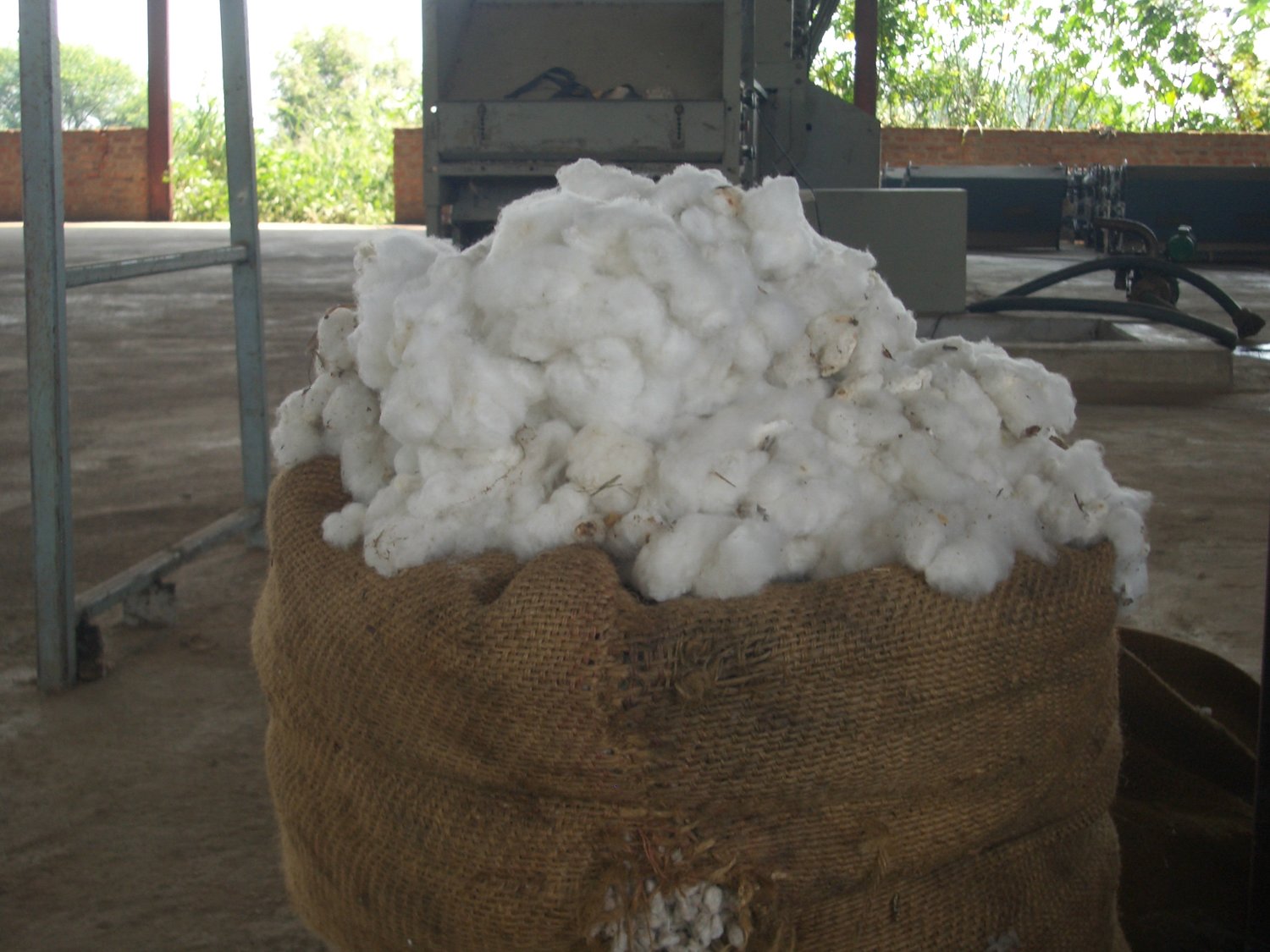ORGANIC COTTON
Cotton is a natural fibre that comes from the fluffy fibres - known as ‘bolls’ - that surround the seeds of the cotton plant. It produces a soft, smooth fabric that is perfect for many uses, but is particularly good for household textiles such as bed linen and towels. Cotton’s softness and versatility have meant that today it is the most-used natural fibre in the world. This popularity has brought economic benefits to the farmers that grow it, most of whom are in low-income countries, but it has also created environmental problems.
Cotton is not an inherently unsustainable crop. For most of its history, cotton was a hardy, drought-resistant crop that grew easily using environmentally friendly methods. However, in the 1800s, intensive cultivation methods were introduced, such as the use of chemical inputs and large amounts of irrigation. This led to a decline in soil fertility, severe levels of water stress, and illnesses among farm workers - a toxic cocktail that led to cotton being labelled the world's 'dirtiest' crop.
Today, the environmental damage caused by intensive cotton production is leading to growing interest in organic approaches. Organic cotton is grown without the use of chemical inputs and relies primarily on rainwater rather than irrigation. In place of pesticides, farmers use natural methods of pest control, such as neem oil, and plant 'sacrificial crops' which attract pests away from the cotton. Instead of using petroleum-based fertiliser, farmers enrich the soil with manure and plant legumes, which add nitrogen to the soil naturally. They also employ rainwater harvesting techniques to reduce the amount of groundwater used for irrigation.
Organic production offers many benefits to farmers, such as a healthy work environment and food security from the growing of food crops alongside cotton. While short-term yields can be lower than with conventionally grown cotton, input costs are also lower and farmers should receive a small premium for their cotton. In the long term, they benefit from the security of livelihood provided by healthy soils.
Organic certification at the farm level is carried out by third parties in accordance with local laws. While each country or region has its own legal standards for organic certification, these are mostly harmonised and conform to the standards set out by the International Feration of Organic Agriculture Movements (IFOAM). Once organic cotton leaves the farm, it is certified through the processing stages by organisations like the Global Organic Textiles Standard (GOTS). These ensure that at each stage of the value chain, organic cotton is not mixed with conventional cotton and the fibre is processed in ways that are environmentally benign.
Our organic cotton products are mostly certified by GOTS. Some, however, are not certified because they use cotton from small producers who are unable to afford certification. We have chosen to source from these producers despite the lack of certification as we have visited them personally, seen their processes first-hand and are confident in their integrity. You can read about one such producer here.
By purchasing organic cotton, consumers can help organic farmers in their quest to transform cotton production into a financially and environmentally sustainable livelihood.
Shop our organic cotton products here.
For further information on organic cotton:
Cottoned On: a joint project by the Global Organic Textile Standard (GOTS) and the Soil Association.
About Organic Cotton: an initiative by Textile Exchange, a US non-profit dedicated to the promotion of textile sustainability.



